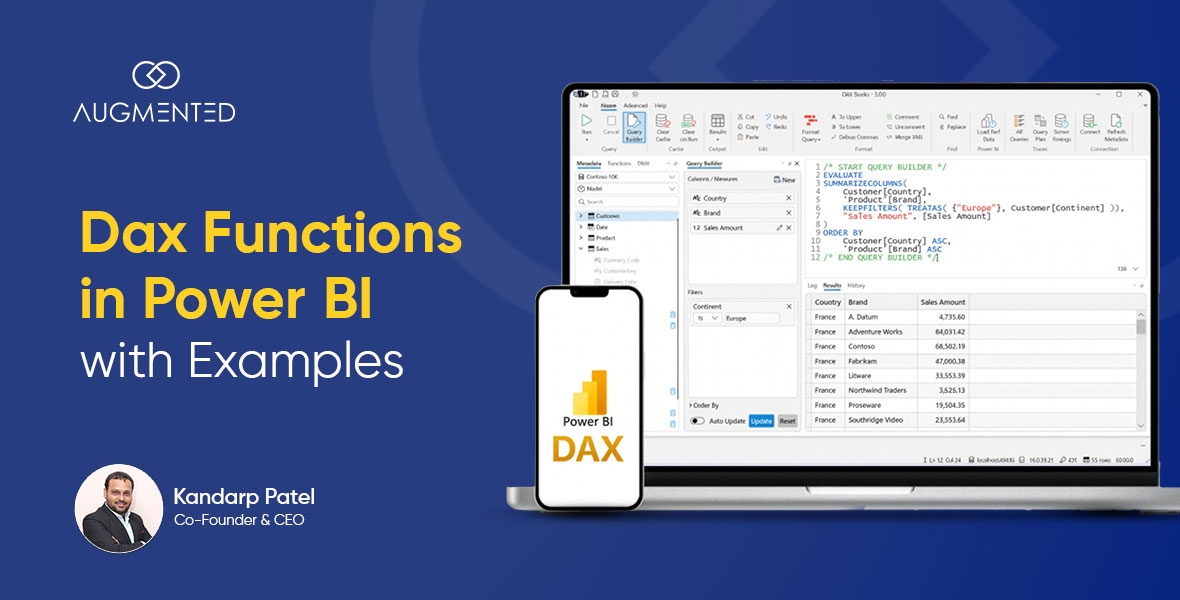Globally, data is created and transmitted at a lightning-fast speed. And regardless of the size, data is the lifeblood of every organization or business.
As the organization or company grows and modernizes, the need to migrate and manage its data comes into play.
However, data migration is fairly demanding and often vulnerable to human or machine errors. As a result, it can affect the cornerstones of data migration - Data integrity, security, and confidentiality.
So, let us help you ensure that your data is managed and transferred effectively. Dig into this blog post to discover effective methods for maintaining data integrity and data security during data migration.
What is Data Integrity and Why is it a Significant Factor in Data Migration?
Data integrity is maintaining the data's accuracy, consistency, and validity during data migration processes.
By prioritizing data integrity, you can confidently make critical business decisions, knowing your data is secure.
Let's imagine an organization transmits data from its old system to a new one. Without data integrity, the organization is risking losing its important information. Moreover, it compromises data security.
The importance of ensuring data integrity and quality enriches exponentially as the amount of data increases for any institution.
Of course, data integrity may come with some risks. These risks may include:
- Human Errors - Data can be accidentally deleted or altered, such as entering wrong customer information.
- Transfer Errors - Data can be lost or damaged during data migration or transfer. For instance, data is transferred to the wrong destination or storage device.
- Malware, Hacking or Cyber Threats - Data can be hacked and destroyed, resulting in a complete loss of data integrity and data security.
Data integrity loss can result from minor to major catastrophes for your business or organization. Thus, data integrity, security, and confidentiality are the pillars of data migration to harness the complete potential of your customer's data.
Top 8 Must-Haves for Ensuring Data Integrity During Data Migration
If not done rightly, data migration can significantly impact your business operation if not addressed with caution. You cannot afford to lose your company's critical information, hence data integrity comes into play.
No matter what technological changes you make, data integrity instills confidence and enhances operational efficiency. Ultimately safeguarding the integrity of your business or organization.
So, let's explore the eight best strategies for seamless and successful data integrity.
1. Intensive Planning
Comprehensive planning guarantees data integrity in migration by minimizing errors, maintaining regulatory compliance, and securing a seamless transition.
For example, an organization plans to transfer its customers' transaction data from an old system to a new system. To ensure data integrity, the organization would:
- Analyze the existing data.
- Access and ensure the data quality.
- Map rules to align old and new data structure
- Implement validation checks.
Planning will not only safeguard your data from theft but also preserve the integrity of crucial information throughout the migration process.
2. A Comprehensive Data Migration Strategy
Developing a well defined data migration strategy is crucial during data integrity. A proper strategy ensures:
- A seamless transition
- Minimises downtime,
- Reduce the risk of errors and
- Of course, maintains data integrity
How? You can select an appropriate migration method and develop precise data mapping. A data migration strategy will harmonize the migration and mitigate disruptions throughout the process.
3. Data Mapping
Data mapping ensures accurate and consistent transfer of information from one system to another. Your data may be lost or misinterpreted without proper planning or mapping.
For example, a company can use data mapping when upgrading its customer relationship management (CRM) software. Data mapping will help match and migrate customer data fields, like names, addresses, and contact details, to the new system.
No organization would want to compromise data integrity, which is where data mapping comes in.
With data mapping, you can maintain consistency and reliability across platforms. Thus ensuring data integrity, security, and confidentiality throughout the migration process.
4. Data Backup Before Initiating Data Migration
Data backup is crucial before initiating data migration to safeguard against potential data loss and corruption during data migration.
Let's say a financial institute upgrades its core banking system. The institute fails to back up customer accounts, transactions, or financial records. Now, during migration, there is a system failure. Will the institute be able to restore everything that's lost? No!
Without backup, the financial institute faces data loss, monetary loss, and regulatory violations. Data backup ensures accuracy and security.
5. Data Cleansing and Transformation
Clean your data. Why? To improve efficiency, ensure data quality, and enhance smooth transitions.
How to clean your data? Eliminate duplicates, outdated, and irrelevant data from the system pre-migration.
Let's say a retail company migrates its inventory from an old system to a new management system. If the store removes duplicate entries, corrects inaccuracies, and standardizes the formats, it ensures the quality, accuracy, and consistency of data being transferred between systems.
Moreover, to ensure compatibility between the source and target systems, transformation aligns data structures and ensures compatibility.
6. Testing and Validation
Perform regular tests and validate the data for all data migration steps. Testing and validation of data maintains data integrity during migration as they pre-identify and rectify potential errors.
For instance, a healthcare organization plans to migrate patient records to a new system. Testing ensures that patient demographics, medical histories, and treatment plans are accurately transferred. Validation ensures that data remains consistent and complete across systems.
Post-migration auditing and testing also play a crucial part. Furthermore, continuous and periodic testing improves current and future migrations.
7. Encryption and Security
Data security is essential in protecting sensitive information from unauthorized users, data breaches, and more during data migration.
For instance, healthcare companies encrypt sensitive customer data during cloud migration using AES-256 encryption before transmission.
You can implement appropriate encryption methods for the security of your data. Encryption could include using strong passwords, restricting data access, masking sensitive data, and HTTPS protocols.
8. Post Migration training, Awareness and Review
Post-data migration review is another essential step to validate the success of your data migration.
Post-migration training, awareness, and review address lingering issues and ensure the new system is operational and functioning as expected.
Let's say a manufacturing company has migrated its production data to a new ERP system.
Post-migration training will familiarize the employees with updated workflows.
Post-migration awareness will enhance the importance of data integrity.
Post-migration review will help address sudden or emerging issues promptly.
Depending on your organization's needs, you can also conduct feedback sessions and ask for reviews from end users for better data integrity.
Data Integrity: The Core Pillar
To thrive in this competitive market chaos, you must undergo a digital transformation for your data.
Ensuring data integrity during data migration is not a picnic for everyone. It would help if you had experts; having the right support is vital, from planning, mapping, and cleansing to testing and training.
We at Augmented Systems, can help you transfer your data with utmost integrity, security, and confidentiality.





